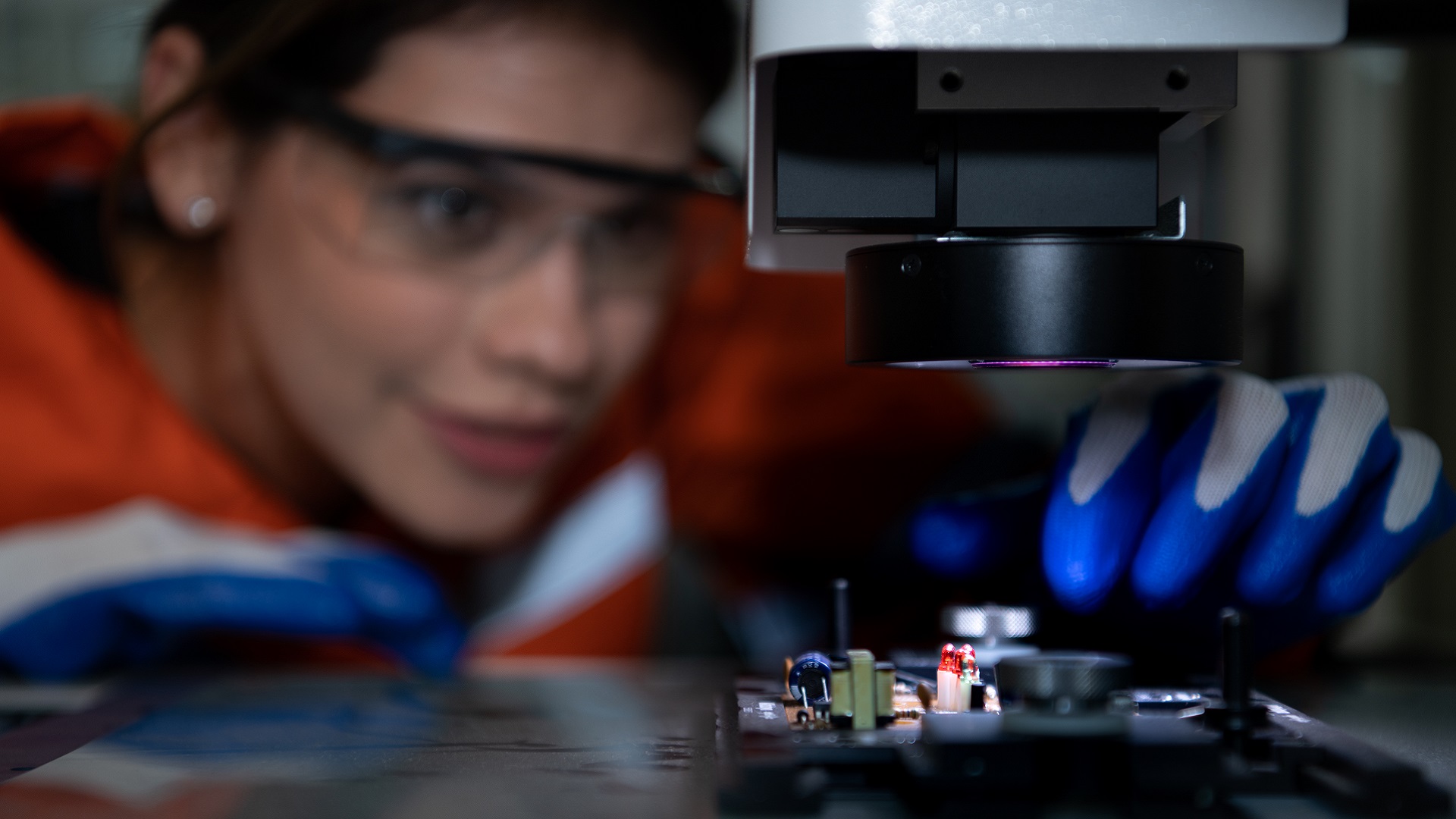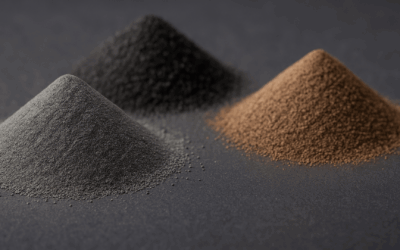Whether it be a jig, clamp, welding fixture, or vise, fixturing is essential to certain manufacturing processes. Fixturing aims to hold, support, position, or secure workpieces, facilitating accurate and consistent results. Fixturing techniques lead to greater accuracy, productivity, safety, and product quality.
What is Fixturing?
Fixturing is defined as a frame or base with additional mechanisms or supports that ensure workpieces are stable. These fixtures may be adjustable to accommodate various part sizes. The importance of fixturing is to ensure correct results when it comes to assembly, machining, inspection, and similar processes.
Types of Fixtures
When it comes to fixturing, there are a few main types that manufacturers utilize. These consist of assembly fixtures, inspection fixtures, marking fixtures, and welding fixtures.
- Assembly fixtures: These fixtures support the correct assembly of components and products. The fixture design positions and holds parts during assembly, ensuring that the part accurately fits and functions properly. For assembly fixtures, the benefits of fixturing include increased assembly speed, accuracy, less errors, and improved productivity. Assembly fixtures are typically used in industries such as automotive, appliance production, electronics, and aerospace.
- Inspection fixtures: The fixturing applications for inspection fixtures include specific equipment or tools that are utilized in quality control to position and hold workpieces in place. Most commonly used with a CMM, or coordinate measuring machine, inspection fixtures lead to better accuracy, repeatability, and efficiency during inspection. Inspection fixtures are used in aerospace, electronics, automotive, and precision manufacturing.
- Marking fixtures: These fixtures are implemented in manufacturing processes to create accurate and consistent marking on workpieces. Marking fixtures enhance the quality, efficiency, and repeatability of the marking, which may include branding, serial numbers, product labeling, barcodes, or part identification. Specifically, laser marking uses a laser beam to make precise and permanent marks on different materials. The aerospace, electronics, automotive, and metalworking industries utilize marking fixtures.
Read the article in full here.
Sign up today for a free Essential Membership to Automation Alley to keep your finger on the pulse of digital transformation in Michigan and beyond.




